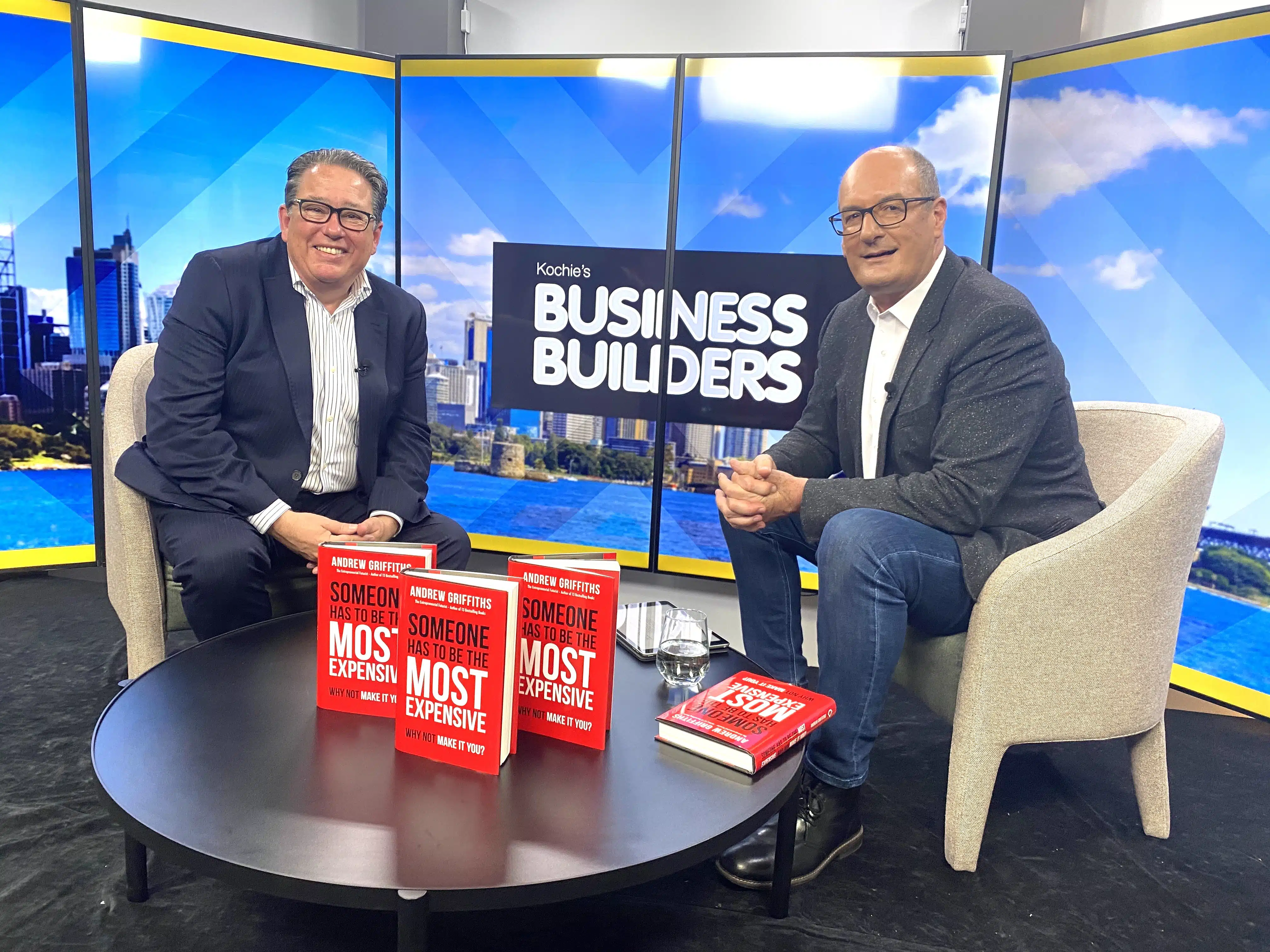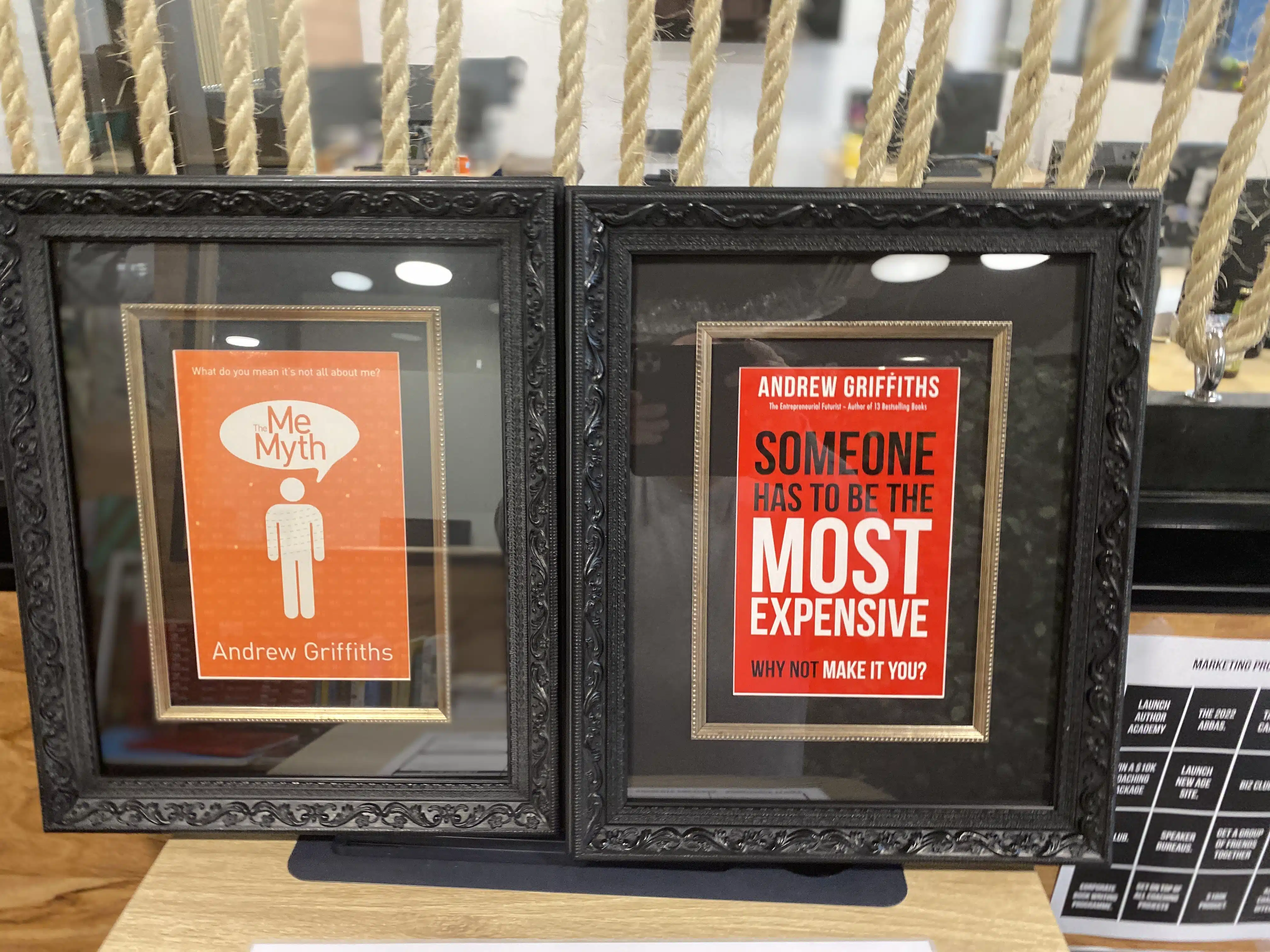ARTICLE by Michael Hanrahan – Founder of Publish Central.
I’ve been around books and publishing my whole life, so I’ve seen people do some rather crazy things with their books. To help you understand what not to do in your self-publishing journey, here’s a little story about Bob and all the self-publishing mistakes he made. Bob of course isn’t real, but I have seen everything you are about to read happen at one time or another … more or less … (and not with my involvement, of course!).
How not to self-publish your book
Bob has written a book, and starts doing some research online about who can help him self-publish it. He chats to a few companies that would manage the whole process for him and gets a few quotes, but they are higher than he expected – over $13,000.
Bugger that, thinks Bob. I’m smart. I know how to manage a project. I can do this myself.
So Bob enlists his wife to edit his book, because she reads a lot. And one of the companies mentioned proofreading, but Bob reckons a few of his mates reading it will do him just fine. They know how to spell. Bob also remembers that the kid over the road prints a video-game newsletter for his friends, and for $800 Bob enlists him to do his book cover and interior. And the local printer – who usually does brochures, posters and mailouts – says ‘of course’ she can print Bob’s book.
She can print anything!
Bob now thinks he can get the whole thing sorted for under $4000. Stupid rip-off self-publishing companies.
So Bob’s wife reads the book carefully, and ‘edits’ it with the best of intentions.
But she doesn’t notice that Bob refers to a glossary that isn’t there. She doesn’t realise that his Forward should be a Foreword, and also that his Foreword isn’t actually a Foreword or a Forward but a Preface. She doesn’t notice the jump between Australian spelling, US spelling and – occasionally – no spelling. She applies the grammar rules she learned at school, which are often wrong, and doesn’t notice the numerous copyright infringements.
But, Bob’s happy! And his wife thinks it’s awesome.
He passes the book to the kid over the road. The kid doesn’t know how pages are meant to be placed in a book, or how page numbering works, or to have a larger margin on the inside of the page to allow for the spine. And he doesn’t know anything about book genres, so he creates a cover that he and Bob think looks great but is completely inappropriate for Bob’s target market.
Bob’s wife loves it.
Bob then supplies the files to the printer. When they try to set up Bob’s book for printing, the files supplied by the kid fall apart. The fonts aren’t embedded. The colour mode is wrong. The image resolution is low. The margins are incorrect. The left-hand pages should be on the right-hand side and vice versa. The spine width on the cover is wrong. Not the sort of problems you have printing your video-game newsletter on your inkjet printer in your bedroom. And Bob gave the printer and the kid different information, so Bob’s print quote is wrong too.
When they finally get this all sorted with the help of somebody at the printer who actually knows how to professionally prepare files, Bob’s books are printed at last. But, as the printer isn’t an expert book printer, the binding is poor, the spine is out of alignment, the colour is flat and the lamination is peeling.
Bob isn’t happy – and he doesn’t yet know about all the typos and other mistakes people are going to find in his book because reading a lot and being good at spelling don’t actually qualify you to work on a book. But, he doesn’t have the time or the money to start again, so he decides to soldier on.
* * * * *
So Bob is now ready to promote his substandard book. He’s not super-happy with how it turned out, but he sees little choice but to persevere.
Just as he did with the self-publishing companies, Bob looks into distribution and publicity and decides it’s all too costly. He can do himself! (Bit of a slow learner is our Bob.)
Bob begins by spending a few hours online compiling a list of bookstores he could send his book to. He then writes an email and contacts these stores. Bob doesn’t know that many stores won’t deal with self-publishers who don’t have professional distribution. He also doesn’t know that some of the chain stores have a central ordering process that goes through their head office – the individual stores don’t place orders. He also sends to a store that is now a dry cleaner, to another store that only sells romance novels, and another one that closed down three years ago. And he has no idea what the standard trading terms are, so when a few interested stores do reply and ask about his terms he has no idea what to say.
Bob also tries his hand at publicity. Again he spends a few hours researching media outlets that he thinks might be interested in his book. He writes up a five-page media release – because the more info the better, right? His wife edits it for him, and he starts posting out books.
A week later he tries to follow up on the books he sent out. He doesn’t know exactly who to contact, because he didn’t personalise the mail out – he just addressed the packages to ‘The editor’ or ‘The producer’. Most of the people he talks to have no idea what he’s talking about. When he does finally get hold of a few people who saw his book, one of them says, ‘Oh, you’re the guy who sent us a five-page media release full of mistakes. We threw it in the bin.’ Another person says, ‘Your book looked terrible, we threw it in the bin.’ And another one says, ‘I have no idea why you sent us this. We never do books. Didn’t you listen to our show first?’
Not happy with just messing up his publicity, Bob decides it’s time to work on the bookstores again. He calls around all the stores he emailed to try to persuade them to take his book. A few of them do, just to get off the phone. They all return it immediately when they see how poorly produced it is.
Bob now understands why it’s good to have professional help, but it’s too late for him. His book is shoddy, he’s annoyed the media and the bookstores won’t waste their time with him. His book – How to be an Awesome Project Manager – disappears into the publishing black hole of poorly produced books, never to be seen again.
* * * * *
How to self-publish your book
I may have exaggerated a few things in this article just for a bit of fun, but all of these are very real mistakes that very real authors make. Believe me – I’ve seen it. So, if you’re going to self-publish a book for your small business, make sure you enlist some experienced, professional help, from a team like ours here at Publish Central. Anything less is just a complete waste of time.






































